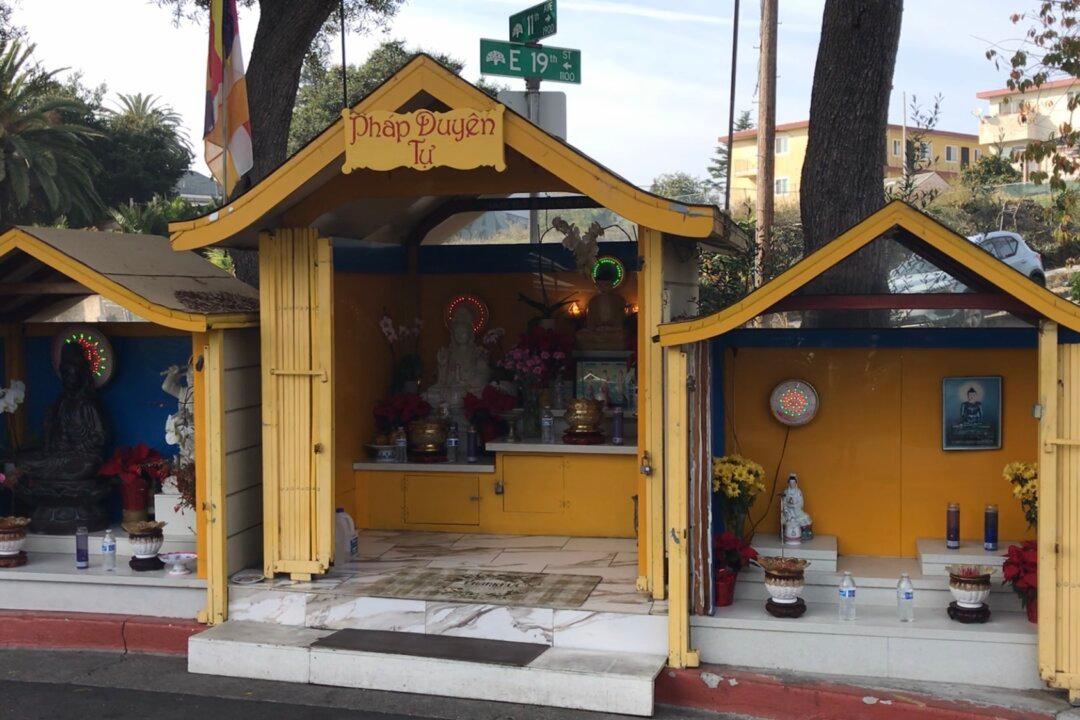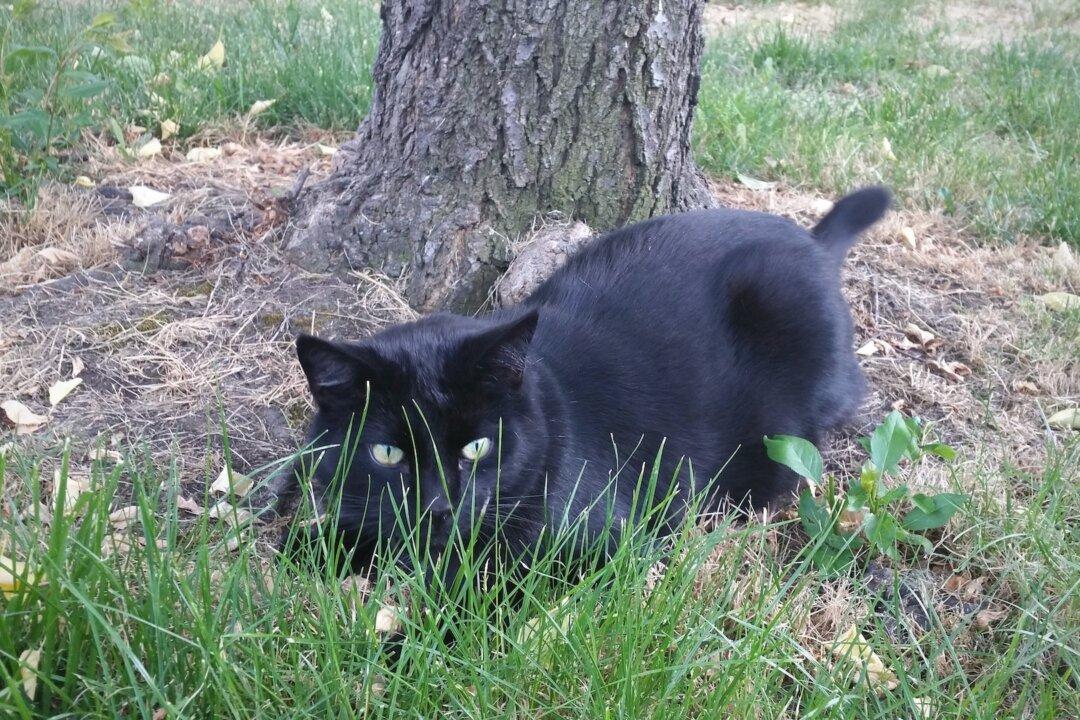OAKLAND, Calif.—Fed up with crime, rather than turning to despair, one Oakland resident remained hopeful. Through a small gesture, he sought to bring tranquility to his neighborhood by installing a Buddha statue.
The story of the Oakland Buddha started in 2009, when Dan Stevenson and his wife, Lu, got tired of the drug dealing, prostitution, and garbage in their neighborhood. Wanting to change the negative energy of the neighborhood, they came up with the idea of placing a Buddha statue on the corner of 11th Avenue and 19th Street near their home.





